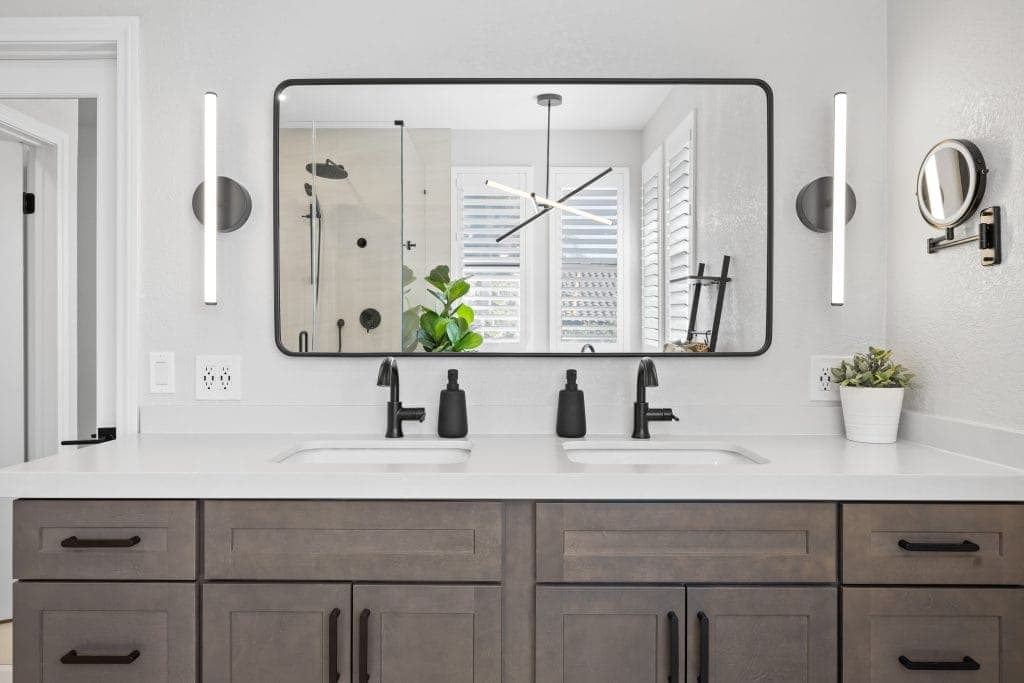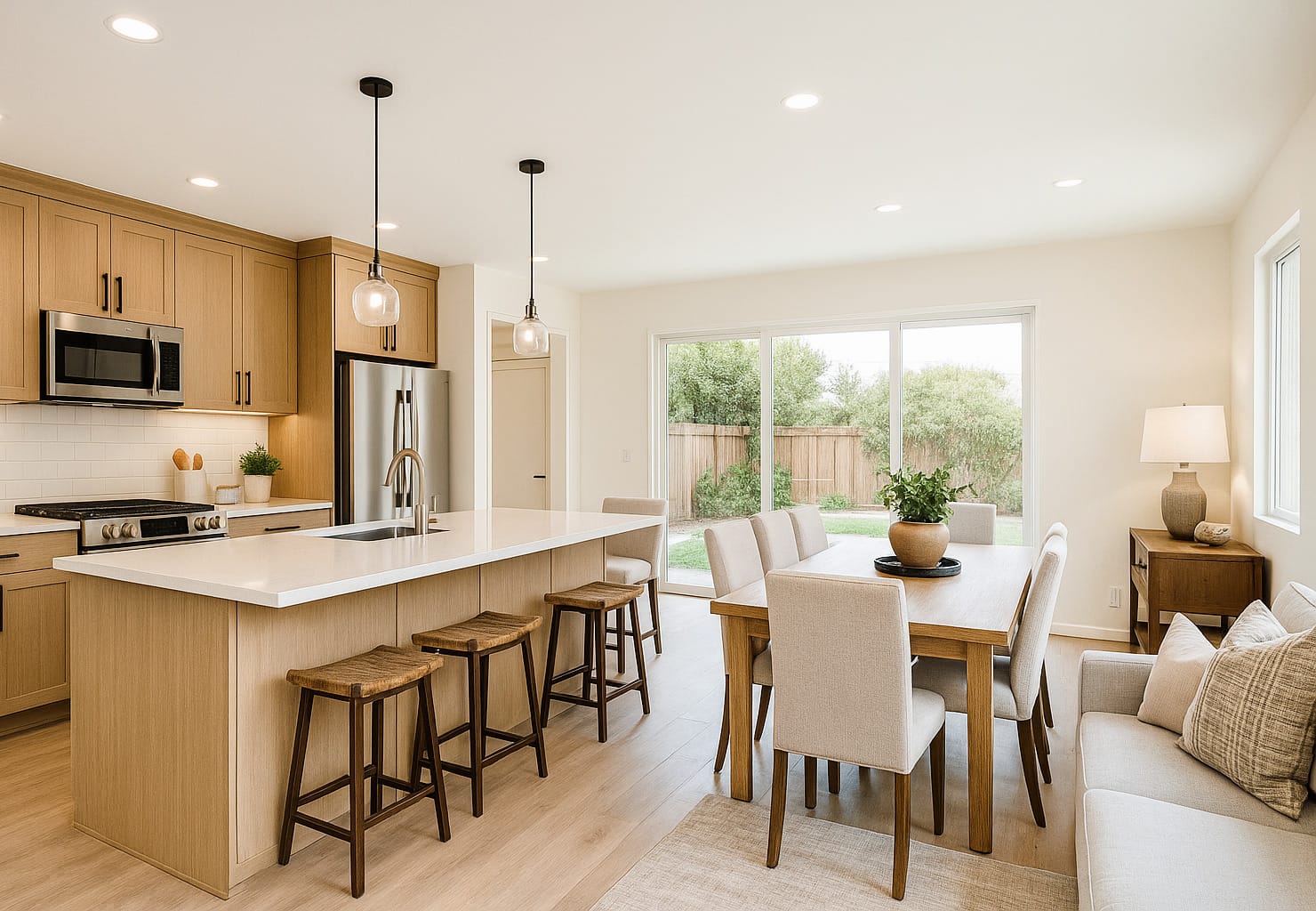Bathroom plumbing problems are almost impossible to ignore in every household. From leaky faucets to clogged drains, these problems are annoying and costly. However, with some basic knowledge of using the right tools, you can solve such problems, saving time and money.
This blog will discuss some of these most common bathroom plumbing issues.
1. Dripping Faucets:
You know a constantly dripping faucet is irritating and can lead to a significant increase in your water bill over time. It usually happens due to worn-out washers or O-rings, which can be easily replaced.
Fix:
First, you must turn off your faucet’s water supply. This is usually found under the sink. Next, separate the faucet handle (you may need a screwdriver). Once open, replace the old washer or O-ring with a new one, fix the faucet, and turn the water supply back on.

2. Clogged Drains:
Hair, soap scum, and other debris can clog bathroom drains easily, which leads to water backing up in your sink, bathtub, or shower or, in the worse case, water pipe leakage. This is unhygienic and can cause damage if the water overflows.
Fix:
Use a plunger to dislodge whatever is clogging your drain. If that doesn’t work, try a drain snake instrument, a chemical drain cleaner designed for bathroom use. Be sure to follow their instructions carefully to avoid any damage. If you need a more eco-friendly approach, use baking soda and vinegar to clear the blockage.
3. Running Toilet:
A running toilet is another shared bathroom issue. This can waste a lot of water and increase your water bill. The problem mainly lies with the valve not sealing correctly.
Fix:
First, check if the chain that lifts the flapper valve is tangled or too short. Adjusting the chain might solve the problem. If the flapper is worn out, you’ll need to replace it. Turn off the water supply to your toilet, flush to drain the tank, and then replace the old flapper with a new one.
4. Leaky Pipes:
Leaky pipes under the sink or behind the toilet can cause water damage to your bathroom or affect the integrity of your bathroom floor. The leaks often occur at pipe joints or due to corrosion.
Fix:
For a temporary fix, you can use waterproof tape or a pipe clamp. However, replacing the pipe’s leaking section is the correct and long-term solution. This might require some bathroom plumbing skills and tools, so consider calling a professional like MBK Remodel if you’re uncomfortable doing it yourself.
5. Low Water Pressure:
Low water pressure in the shower or sink can be frustrating. This issue is often due to mineral build-up inside the fixtures.
Fix:
First, try cleaning the aerator (the small screen on the faucet) or the showerhead. Unscrew them and soak them in vinegar overnight to dissolve the minerals inside them. If this doesn’t increase the pressure, the problem may lie within the pipes, and it might be time to call a good plumber.
Prevention Tips:
Preventing bathroom plumbing problems is critical to avoiding unnecessary headaches and costs.
Here are a few tips to keep your bathroom plumbing in good shape:
- Regularly clean drains to prevent clogs.
- Avoid flushing anything other than toilet paper down the toilet.
- Check your faucets and showerheads for signs of wear and replace parts as needed.
- Please pay attention to any signs of leaks and address them promptly.
Conclusion: Bathroom Plumbing Fixes
Dealing with bathroom plumbing problems doesn’t have to be a nightmare. With some knowledge and the right approach, you can solve many common issues yourself. Remember, prevention is the best strategy, so take care of your plumbing fixtures to avoid problems down the line. And when in doubt, don’t hesitate to call a professional plumber to ensure the job is done right.



